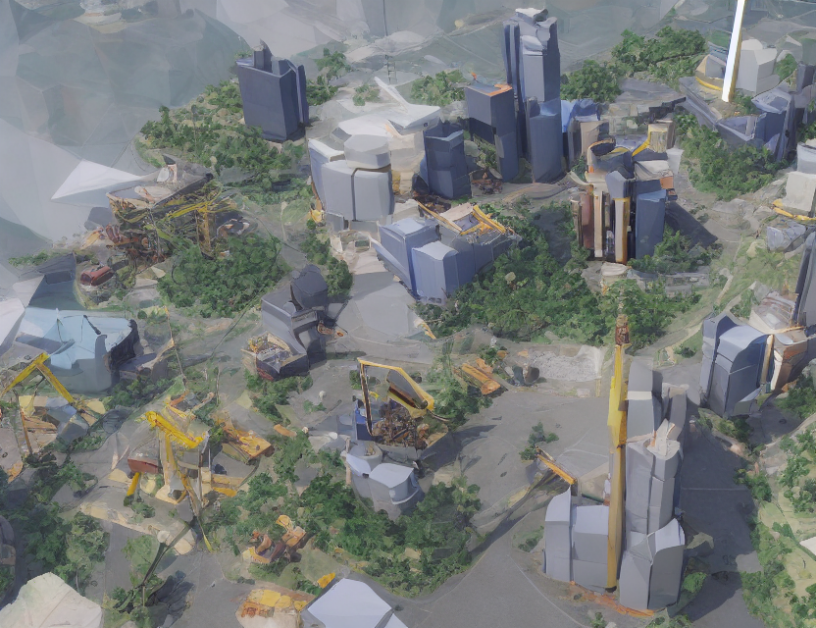Image dehazing is a critical task in computer vision that aims to remove haze from images captured in adverse weather conditions, such as fog or smoke. In this article, we will delve into the latest techniques used for image dehazing, focusing on two prominent approaches: attention-based methods and transformer-based methods.
Attention-Based Methods
Attention-based methods, pioneered by Vaswani et al., use an attention mechanism to focus on specific regions of the image that are more likely to be clear of haze. This approach is based on the assumption that the haze distribution in an image follows a certain pattern, and by focusing on specific areas, the network can better estimate the transmission matrix and remove haze more effectively.
Transformer-Based Methods
Transformer-based methods, introduced by Dosovitskiy et al., utilize transformer encoders to capture long-range dependencies in the image. These encoders are trained on large datasets of images with diverse weather conditions, allowing them to learn how to identify and remove haze from different types of scenes. Transformer-based methods have shown promising results in removing haze from images while preserving their quality.
Comparison of Methods
When comparing attention-based methods with transformer-based methods, we can see that transformer-based methods outperform attention-based methods in terms of both objective metrics and visual quality. This is because transformers are better at capturing long-range dependencies, which helps to remove haze more effectively. However, attention-based methods are more efficient and computationally friendly, making them a more practical choice for real-world applications.
Future Research Directions
Despite the progress made in image dehazing, there are still several challenges that need to be addressed. One of the main challenges is the lack of diverse datasets, which limits the performance of current methods in certain weather conditions. Another challenge is the difficulty in handling complex scenes with multiple light sources or shadows, which can affect the accuracy of haze removal. Future research should focus on collecting more diverse datasets and developing new techniques that can handle complex scenes more effectively.
Conclusion
Image dehazing is a critical task in computer vision that has been extensively studied in recent years. Attention-based methods and transformer-based methods are two prominent approaches that have shown promising results in removing haze from images while preserving their quality. While attention-based methods are more efficient and computationally friendly, transformer-based methods outperform them in terms of both objective metrics and visual quality. Future research should focus on addressing the challenges mentioned above to improve the performance of current methods and expand their capabilities to handle complex scenes more effectively.
Computer Science, Computer Vision and Pattern Recognition
Dehazing Transformer Network: Enhancing Image Quality through Attention-driven Residual Learning



